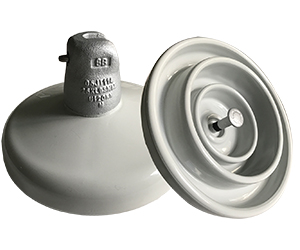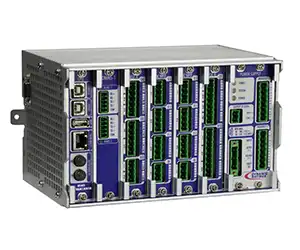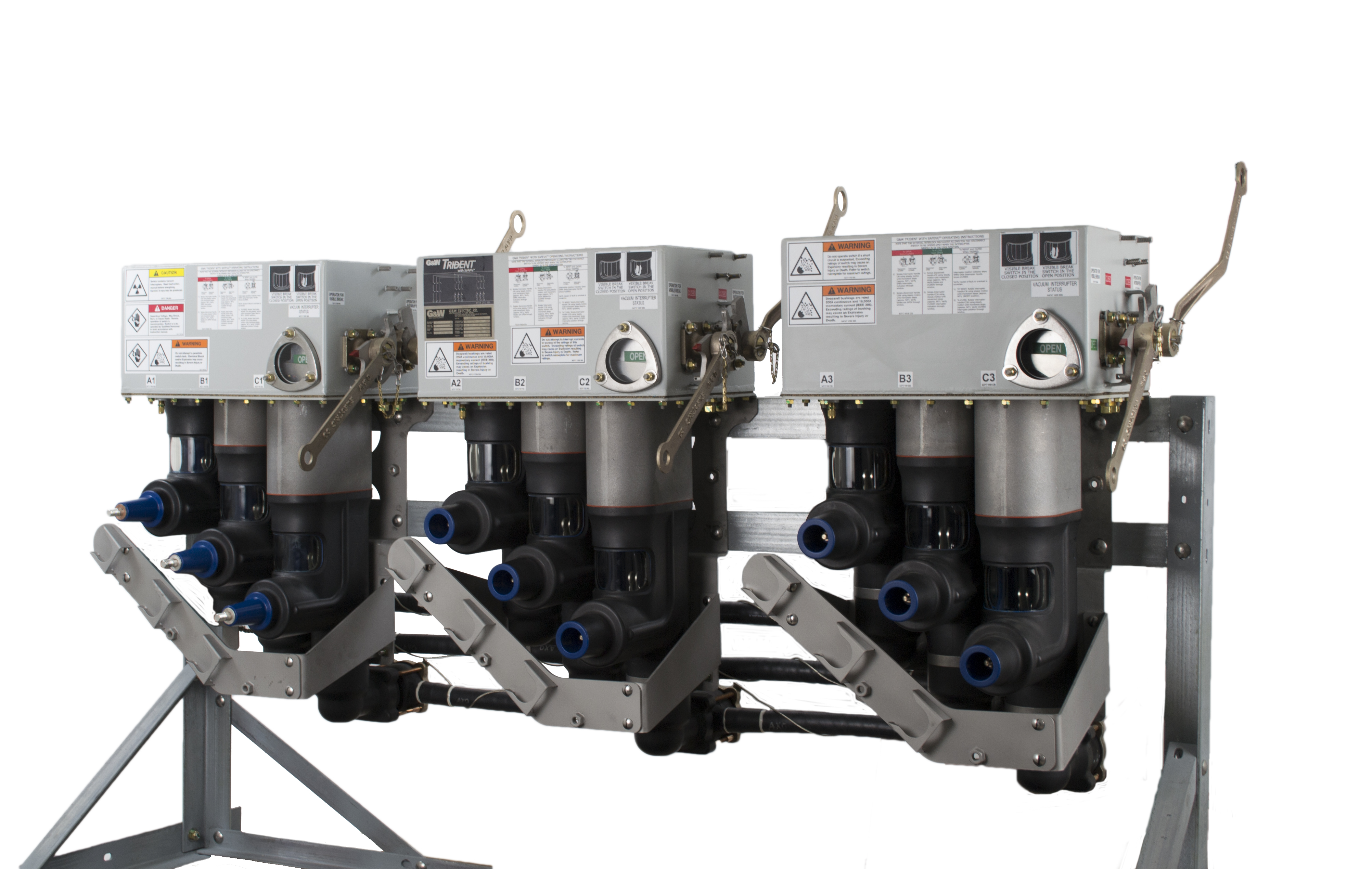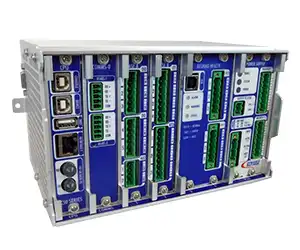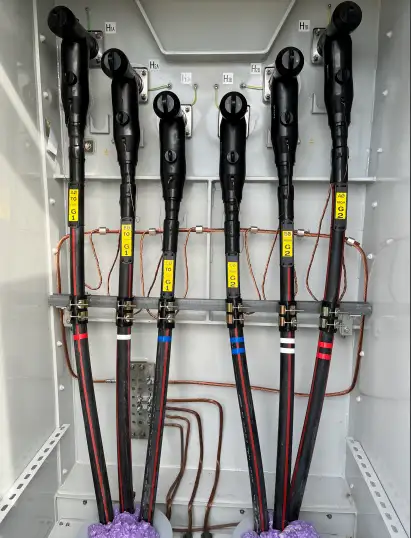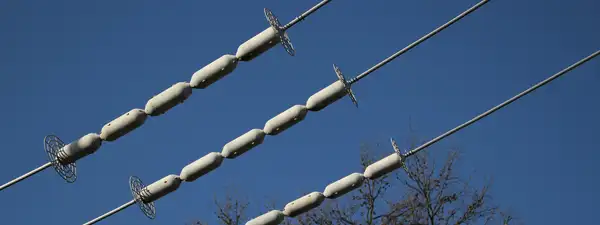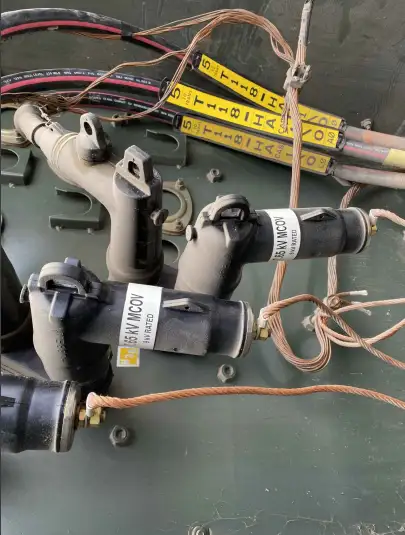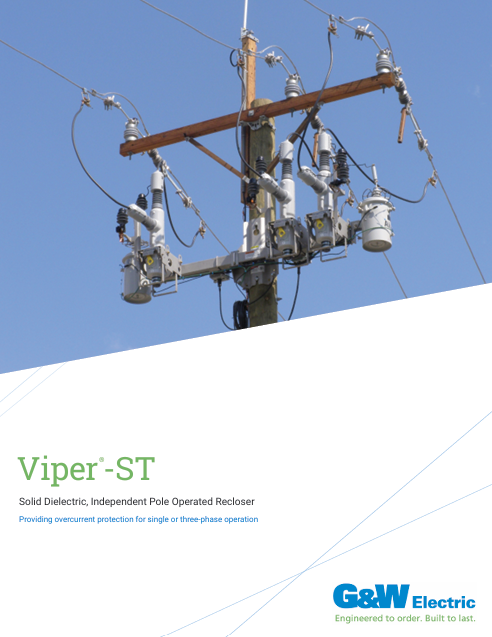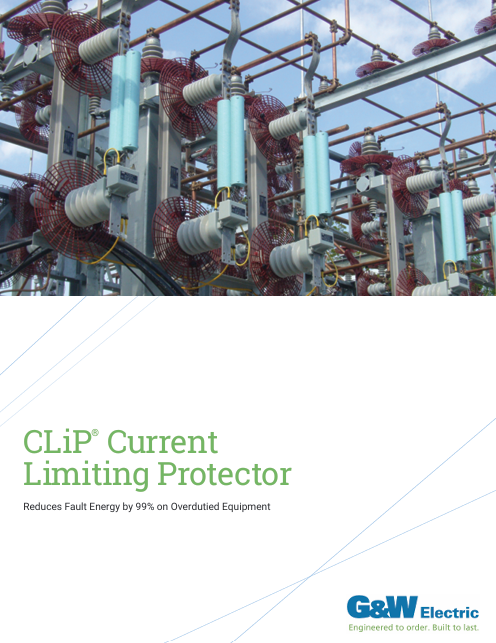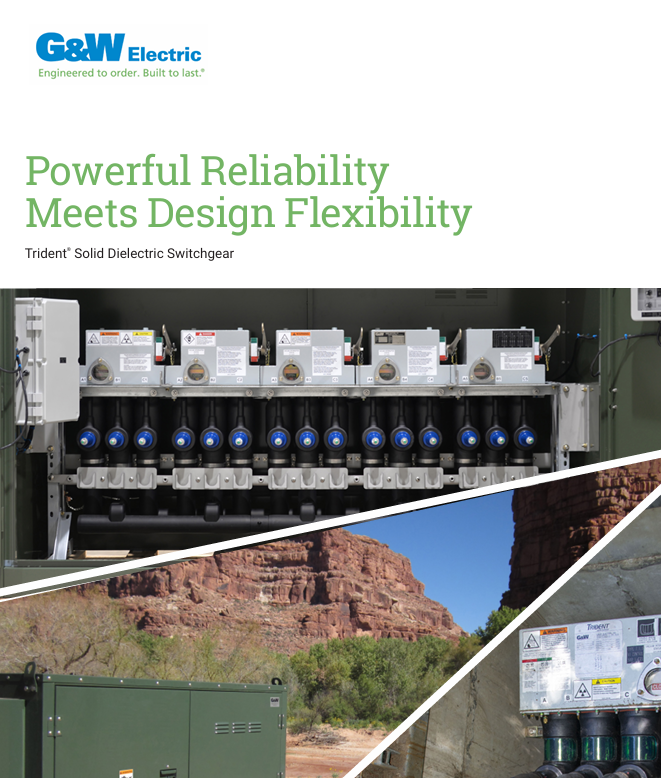Gravity Energy Storage: The Sustainable Solution for Renewable Energy

Gravity Energy Storage (GES) is an innovative approach to energy storage (ES) that utilizes the potential energy of heavy masses to store energy. GES systems have a high energy density, operate for long periods, and have a low environmental impact. Although GES systems require significant infrastructure and land to be built, they are an efficient and cost-effective solution for long-term storage. With the potential to support renewable energy sources, GES systems are a promising technology for the future of sustainable energy.
Renewable energy sources like solar and wind are becoming increasingly popular as we move towards a more sustainable future. However, renewable energy sources are only sometimes reliable and can be intermittent. Therefore, the need for efficient ES technologies is more pressing than ever. Energy storage systems (ESS) are a robust solution to this challenge, allowing excess energy produced to be stored for later use.
One such technology that has gained momentum in recent years is GES, which harnesses the potential energy of heavy masses. In this article, we will explore what GES is, how it works, its advantages and disadvantages, and its potential for supporting renewable energy sources.
What is Gravity Energy Storage and How Does it Work?
GES is a system that stores energy by utilizing the potential energy of heavy masses. This technology stores potential energy in elevated masses, which are then released and converted into kinetic energy when required. In a GES system, heavy masses are raised to an elevated position, storing potential energy. Then, when energy is required, the heavy masses are released, and gravity causes them to fall. As they fall, they produce kinetic energy, which can be harnessed to generate electricity.
One of the most innovative approaches to GES is the Energy Vault, which utilizes a tower made of concrete blocks that six electric cranes lift. When there is excess energy, the cranes lift the blocks, storing potential energy. When energy is required, the cranes release the blocks, and gravity causes them to fall, producing kinetic energy.
How Efficient is Gravity Energy Storage?
GES is a highly efficient storage technology. The ratio of the energy output to the energy input determines its efficiency. The efficiency of a GES system is determined by the potential energy stored in the heavy masses and the efficiency of the conversion process. GES systems have an efficiency rate of approximately 80-90%.
What is the Problem with Gravity Battery?
One of the significant challenges with GES systems is that they require a considerable amount of land and infrastructure to be built. Additionally, GES systems are only suitable for some locations, as they require suitable geology to be built on. This means that GES systems may not be viable in areas where the earth's geology is not suitable.
Advantages and Disadvantages of Gravity Energy Storage
One of the significant advantages of GES is that it has a high energy density, meaning it can store large amounts of energy in a small space. Additionally, GES systems can operate for long periods, making them ideal for long-term storage. GES is also a low-cost storage solution, making it an attractive option for many power plant operators. Moreover, GES systems have a lower environmental impact than other storage technologies like lithium-ion batteries.
However, one of the major disadvantages of GES is that it requires significant infrastructure and land to be built. Additionally, GES systems are location-dependent, meaning they cannot be built in all locations.
How Does GES Compare to Other Forms of ES?
Compared to other forms of ES, GES is an efficient and cost-effective solution. GES has a higher energy density than lithium-ion batteries, commonly used for short-term storage. Moreover, GES can operate for long periods, making it an ideal solution for long-term storage. GES systems are also environmentally friendly, making them an attractive option for many power plant operators.
Examples of Gravity Energy Storage Systems
One of the most significant examples of GES is the Energy Vault, a 35-ton tower made of concrete blocks that electric cranes lift. This tower can store up to 20 MWh of energy and operate for long periods, making it an ideal solution for power plants. Additionally, the Energy Vault has a small environmental footprint compared to other storage solutions.
Another example of GES is the pumped hydro system, widely used worldwide. Pumped hydro systems work by pumping water to a higher elevation when there is excess energy, storing potential energy. When energy is required, the water is released, and gravity causes it to fall, producing kinetic energy.
What is the Potential for GES to be used on a Large Scale to Support Renewable Energy Sources?
The potential for GES to support renewable energy sources is significant. GES can store excess energy produced by renewable sources, making it possible to utilize it when required. GES can also be used with other storage solutions like lithium-ion batteries to create a more effective hybrid system that can support renewable energy sources.
What are the Environmental Impacts of GES Systems, and How Can They be Mitigated?
GES systems have a low environmental impact compared to other storage solutions. However, they still have some impact on the environment. For example, GES systems require a significant amount of land and infrastructure to be built, which can have an impact on local ecosystems. Additionally, the excavation process needed to build GES systems can have an impact on local geology.
To mitigate the environmental impacts of GES systems, choosing suitable locations for building them is important. Also, it is essential to consider the potential impact on local ecosystems and geology and take steps to reduce this impact. For example, environmental impact assessments can be carried out before construction begins to identify potential issues and develop strategies to minimize them.
On-Site Training
Interested in cost effective, professional on-site electrical training?
We can present an Electrical Training Course to your electrical engineering and maintenance staff, on your premises, tailored to your specific equipment and requirements. Click on the link below to request a Free quotation.
EF PARTNER MEDIA
Product Showcases
Shared Media

